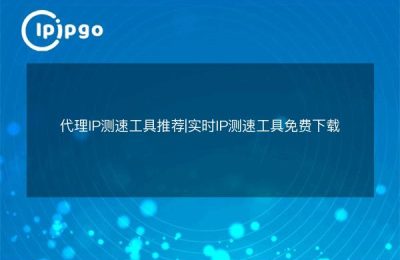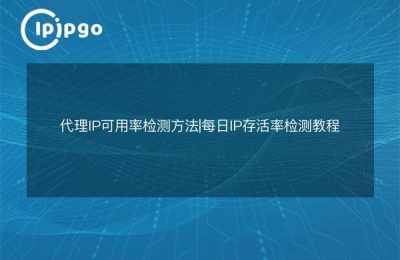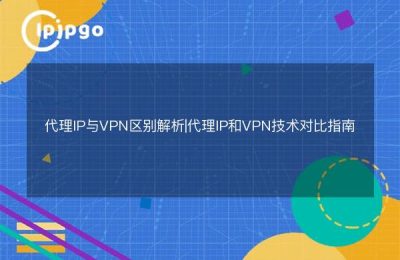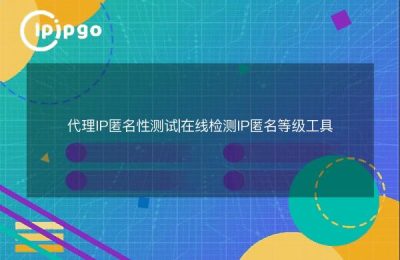
First, Socks5 proxy UDP protocol in the end what is the use?
Many people only focus on the speed of web access when using proxy IPs, but neglect the key point of protocol support.The best thing about the Socks5 proxy is that theSimultaneous support for both TCP and UDP transmission protocolsTCP is like a courier who must sign for the goods in person, suitable for web browsing and other operations that can't lose packets; while UDP is like throwing it directly into the courier cabinet, suitable for video calls, online games and these real-time scenarios. To give a real example: a user with a brand agent to play video conferencing is always lagging, change to support UDP ipipgo agent, the screen delay directly from 3 seconds down to 0.5 seconds.
Second, three steps to determine whether your agent really supports UDP
Many proxy service providers on the market will play word games, saying that they support the Socks5 protocol, but in reality they may have neutered the UDP function. Here to teach you three verification methods:
1. Command line test: Enter in the computer terminalcurl --socks5 udp://proxy IP:portIf it returns a normal response, then it is available.
2. Packet grabbing tool detection: using Wireshark to monitor the traffic, see the UDP packet normal transmission
3. Direct measurement: using applications that require the UDP protocol (such as a certain online game) to connect to the proxy to test the delay
Third, the hand to teach you to test the agent's UDP performance
Here's a hands-on demo with ipipgo's Socks5 proxy:
Step 1: Getting Proxy Information
Log in to the ipipgo backend to get the exclusive Socks5 proxy address, port, account password, and note that you have to select theFull protocol supportof the node.
Step 2: Configure the proxy client
Take the commonly used tool Proxifier as an example:
- Protocol type checkedSocks Version 5
- Be sure to check the box in the advanced settingsUDP protocol support
Step 3: Real-time speed test verification
Open an online speed test site and compare the UDP transfer speed after direct connection and proxy. Under normal circumstances, the UDP packet loss rate of ipipgo proxy should be controlled atBelow 0.3%The delay fluctuation does not exceed ±20ms.
IV. Quick questions and answers to frequently asked questions
Q: Do all Socks5 proxies support UDP?
A: Not at all! Many cheap proxies block the UDP protocol to save costs, be sure to check the protocol support list when choosing a service provider.
Q: Why is it still lagging after using a proxy that supports UDP?
A: It may be that the nodes are not of good quality. ipipgo's residential agent uses aThree-line BGP backbone network accessIt is more than 10 times more stable than the UDP transmission of ordinary server room lines.
Q: Is it safe to transmit data over UDP?
A: It is certainly not safe to run around naked. It is recommended to work with the ipipgo providedAutomatic Protocol Encryptionfunction to obfuscate data at the transport layer.
Fifth, why the professional scene must choose ipipgo
After testing more than a dozen proxy service providers, I found that many proxies that boast UDP support have three fatal flaws:
1. UDP supported on some nodes only
2. Separate charges for UDP traffic
3. Direct UDP blocking during peak hours
And ipipgo'sFull node native support for UDP protocolThe company's protocol stack can intelligently recognize the content of the transmission and automatically assign the optimal route to the real-time audio and video data. Their self-developed protocol stack can intelligently identify the transmission content, real-time audio and video data will also be automatically assigned to the optimal route, which is particularly useful in multinational video conferencing scenarios.
Recently, I found a detail when I helped my friend's company to test: the ipipgo proxy will fail in UDP transmission.Automatic switching of spare portsThe other proxies will just disconnect at this point. This detailed processing is the embodiment of the real professional, after all, UDP applications are the most afraid of transmission interruptions.








